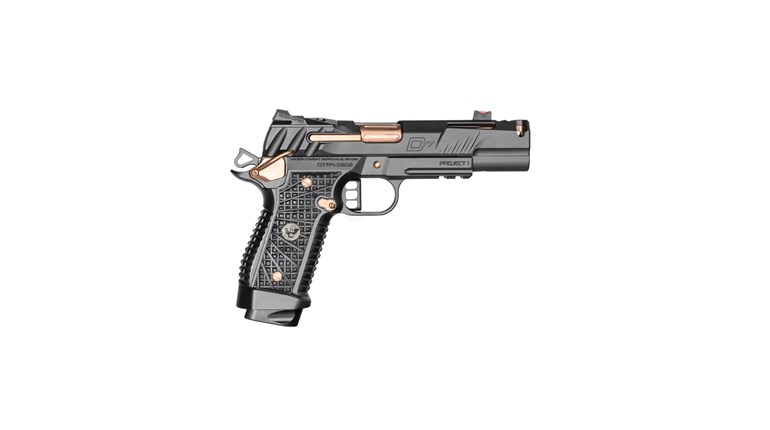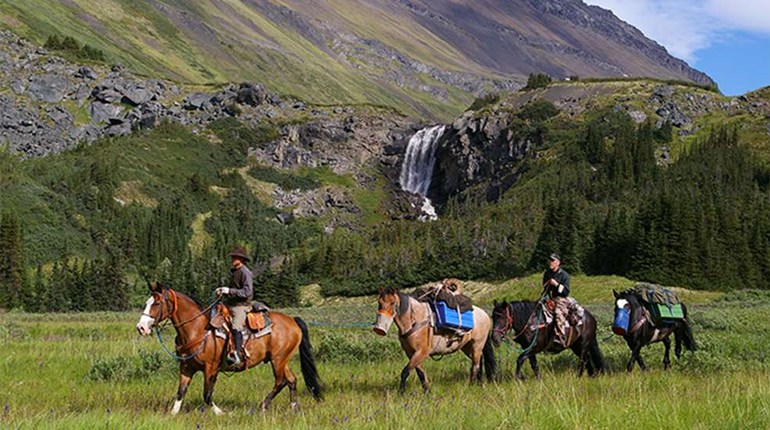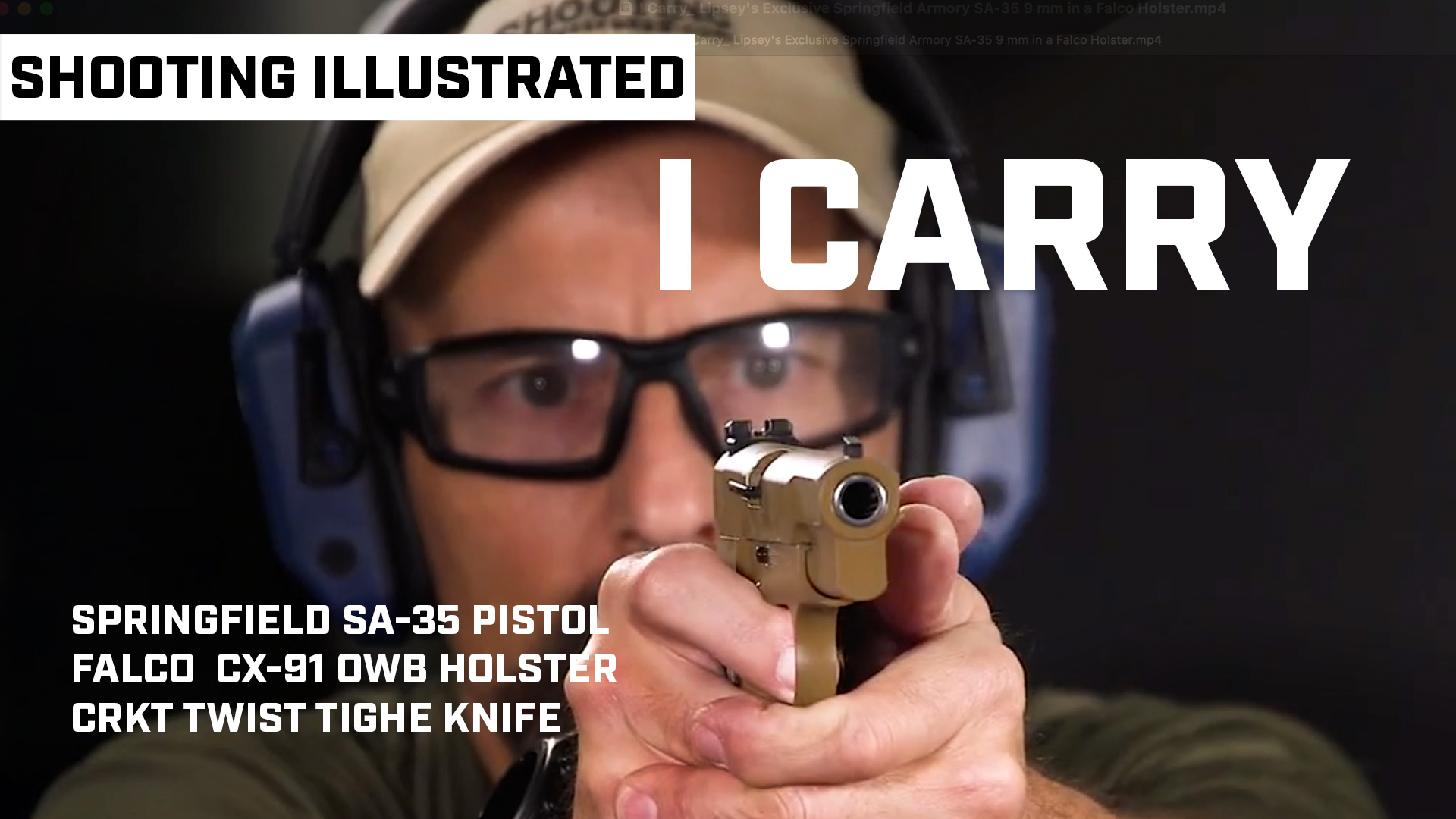
I was at my local gun store this morning and, to say the least, the ammo shelves were virtually empty. I’m told that it’s that way all across the country. So, with all the trouble and chaos that’s going on around the country, you probably ought to be hanging on to what ammunition that you already have. On top of that, a lot of the public shooting ranges are closed to meet various health mandates. And, my friends, this is not really the time to interrupt your important defensive practice.
A partial solution to all of this is to increase your dry practice at home. I know that we’ve covered this ground before but this seems like a particularly appropriate time to bring it back up. It may not get you to the previous point of your expertise, but it will get you close. Several years ago, an Asian IPSC team was severely limited in their ammunition, so they used lots of dry practice and went on to win the world title that year. In this day and time, dry practice may be the very thing that will save your life.
Just to review, we always want to stress the importance of gun safety during dry practice. The handgun should be unloaded and it should be checked several times to make absolutely sure that it is completely unloaded. In fact, it's a good recommendation that all of the ammo be put in another room. Once your practice is over and you have reloaded the gun, the practice is over—PERIOD. No more one more fast draw—no more one more quick sight picture—no more nothing. The session is over.
Dry practice is an excellent way to work on the basics of your pistol presentation. Break the presentation down into its basic steps and practice slowly with the idea of getting every movement just right. This helps to make these movements a habit. It’s always a good idea to practice the presentation slowly for a while before speeding up.
Another use for dry practice is being able to practice your sight picture and trigger squeeze. Picking a small object across the room, get your sight picture and then start your trigger squeeze. The object is to complete the trigger stroke without having the sights move from the target. It’s also a good practice to start from a low-ready position and bring your gun up into your line of sight and complete the trigger stroke. When the gun is brought into your line of sight properly, you don’t have to look for your sights because they are right there and they are on target.
Drawing from concealment and incorporating movement into your practice is also a good idea. Or you may draw, step aside, and kneel behind a nearby chair to simulate the use of cover. Once you see the value in dry practice, you may come up with a number of drills that can be practiced without firing a shot.
The main key to dry practice is to always be safe. Make sure that gun is unloaded and make sure that the ammo is in another room. And let’s hold off on the alcohol until the guns are put away. We always hammer gun safety with new defensive shooters but we old veteran shooters need that reminder, too. And you don’t have to practice for very long—15 minutes is plenty of time. It’s not important how many draw strokes you can do during a practice session—it’s all about how many perfect draw strokes you can do.
So, tune up with dry practice. And, when this mess is all over, I’ll see you at the range.





































